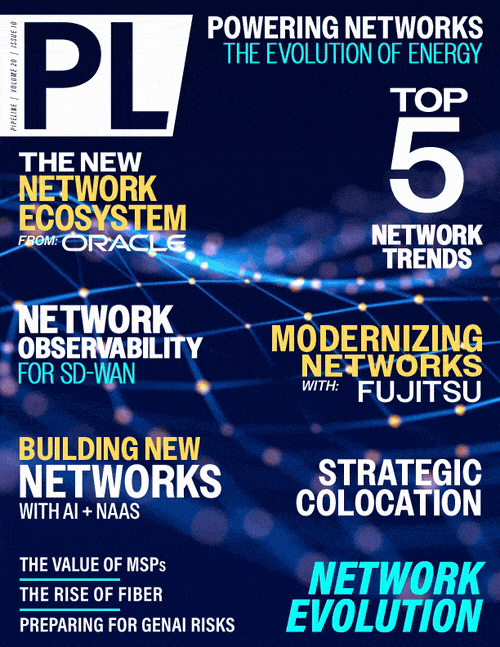The New Network Ecosystem
diagram
click to enlarge
The concept of IoT has been around for decades but has remained niche due to the overarching cost to build an IoT system. By moving the primary IoT processing into a cloud “subscriber” economic model, and by providing a localized edge computer, IoT becomes an affordable, innovative networked solution.
Artificial Intelligence (AI)
The rapid entry and accessibility of AI has left C-level executives challenged to see where and how this fits into their business model or how their business model needs to evolve. Just when companies are finally figuring out how to secure their networks, how 5G affects their bottom line, and which IoT technologies are required to run their business, along comes AI to upset the apple cart. AI has created a new network economy where services like speech-to-text, digital assistance, or language recognition, may be readily introduced into a network architecture.
AI is far too big, complex, and expensive for most companies to own, but AI embedded in a cloud service allows companies to tap into the capabilities as a subscription model, only consuming and paying for what is used. While generative or conversational AI has now become readily available in IT or over the internet, connecting AI to existing telecommunications requires additional processing to mediate and coordinate a voice network into AI cloud services, as represented in Figure 2 above by the communications gateway.
When and Where Do I Go AI?
Metrigy’s AI for Business Success 2024-25 research study found that more than 48 percent of companies are actively using AI in customer and employee interactions, with an additional 33 percent running AI pilots. This is dramatically up from the 27





















